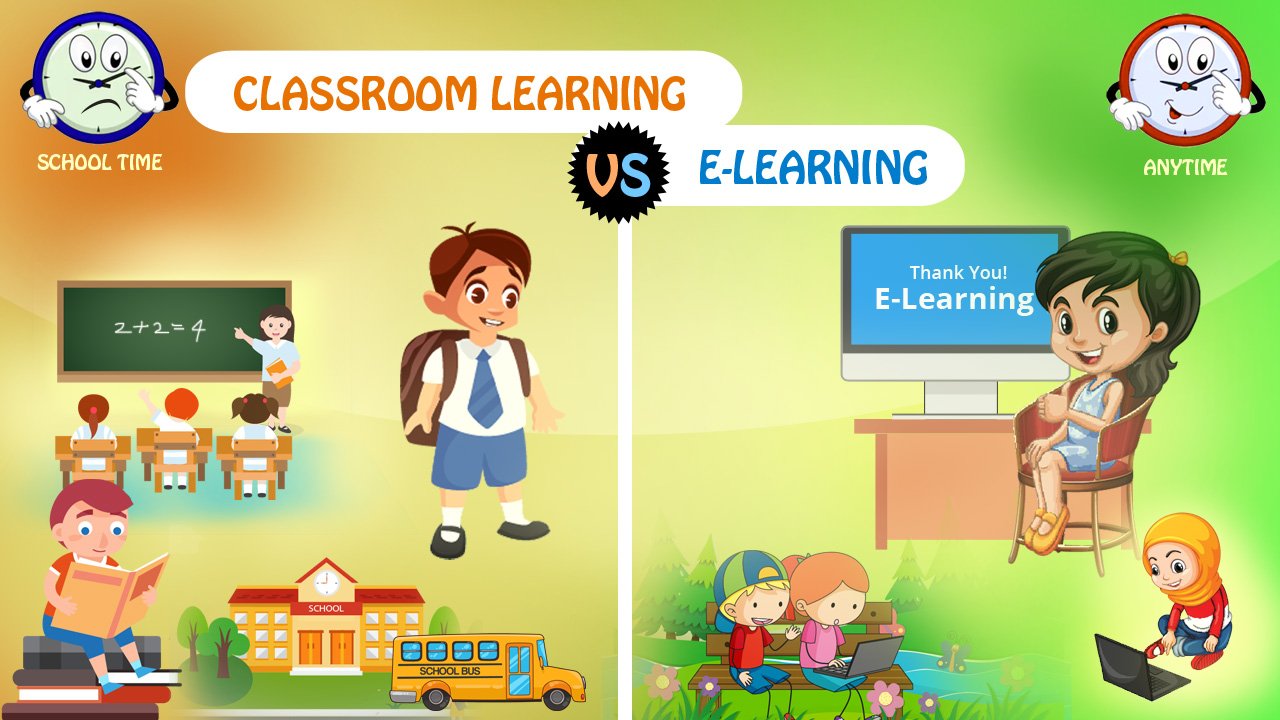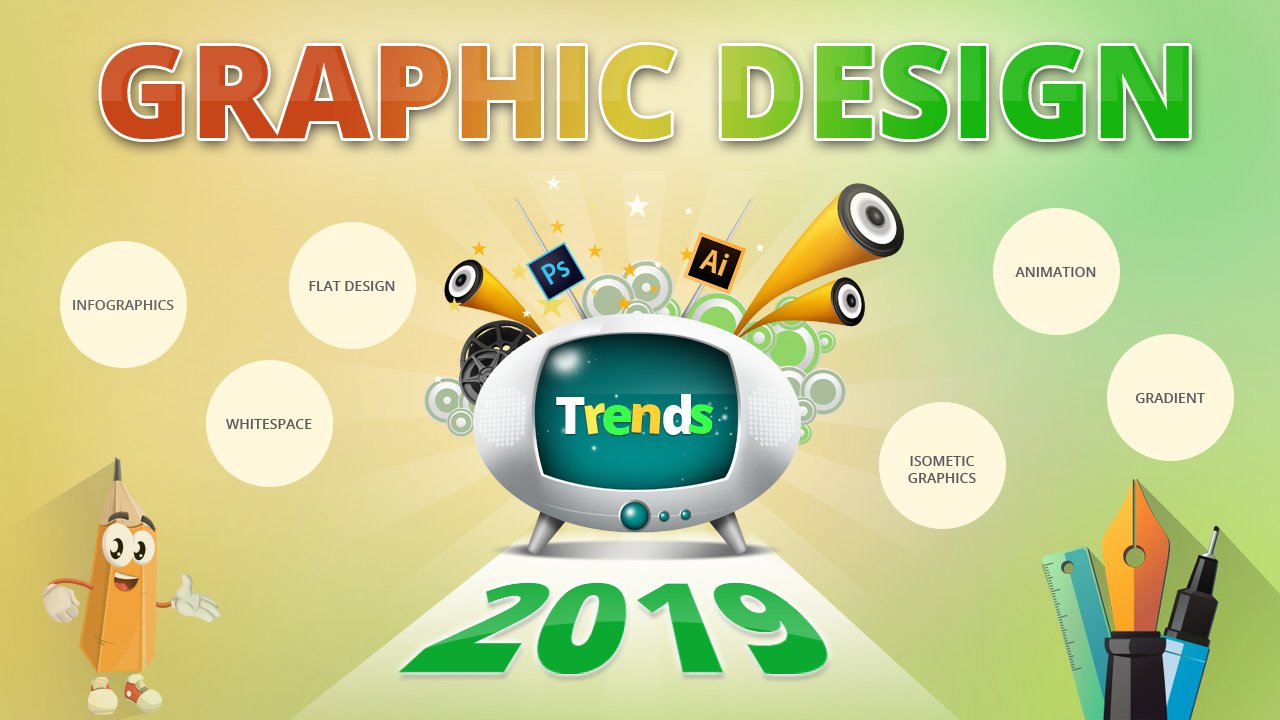
In the year 2009, Steve Jobs, arguably one of the best minds in business, nailed the coffin of Flash by declaring it to be buggy and resource hungry. The result is the whole world moved to a new technology HTML5. And organizations across the world have leveraged this transformation and have made significant progress in their business initiatives, primarily their content.
With the tremendous boom in mobile technology and people preferring to go mobile for learning, the E-Learning industry moved from Flash to HTML5 rapidly. Since most handheld devices don’t support Flash, it was obvious that Flash would become obsolete and redundant with time. The answer to Flash was HTML5; the biggest advantage it offered was responsive design and the ability to fit practically any screen-size. This was a huge boost for mobile users as there are so many screen sizes available. And HTML5 content perfectly rendered itself in all handheld devices.
According to the top E-Learning companies in India, global clients nowadays prefer HTML5-based content that can directly be viewed in handheld devices. Because of the limitations & issues around Flash-based content there is an increasing demand in the conversion of Flash-based legacy content to HTML5-based content.
HexaLearn, one of the top 10 E-Learning companies in India designs and develops state-of-the-art HTML5-based content and have immense experience in converting legacy Flash-based content to HTML5.
Conversion process
Accordingly to the experienced professionals at HexaLearn, there are three broad processes while converting Flash-based content to HTML5.
1. Conversion of the Wireframe:
It is the main shell that holds the module content together. Most E-Learning companies utilize an authoring tool (Articulate Storyline, Adobe Captivate, Trivantis, Lectora, Dominknow Claro, Dominknow Flow, etc.) for efficiently producing HTML5 output. Some also prefer custom HTML5 development for tailored development.
2. Conversion of Look and Feel:
Needless to say, the interface and look and feel of a responsive web application is quite different from a typical Flash-based content. Experts from HexaLearn say that special attention needs to be paid in arranging the layout to ensure optimal learning experience across different devices.
3. Conversion of content:
A key element, of course, in any learning module is the content. Industry experts emphasize the need for a content design that suits responsive layout to maximize learning outcome. A poorly designed content can destroy the learning experience in the responsive layout.
Why convert Flash-based content to HTML5?
Analysts from HexaLearn opine that conversion of Flash-based content to HTML5 has many benefits. To understand the measurable benefits here is a brief description of the same.
1. Reduced cost and time:
Flash-based content needs to be created afresh in multiple versions to be able to run on different devices, which makes it very time-consuming and thereby expensive. HTML5 based content needs to be built only once and the responsive design will render itself correctly in all devices.
2. Easy to maintain:
Editing and maintaining HTML5 content is a lot easier than editing Flash-based content. One can use a simple editor tool to make any changes to the content. It doesn’t require a high end technical competency to manage the update work in HTML5.
3. No Plug-ins are required to access the course:
HTML5 removes the major drawback of Flash-based content of installing player plug-ins. All you need is a web browser to successfully run the HTML5-based modules.
4. Reduced file size:
HTML5-based modules are generally several times lighter when it comes to file size for the same amount of content. This enables it to run smoothly with minimal bandwidth requirement. It helps when you are travelling and you are on a not-so-high-speed network.
5. Faster loading time:
As the source file is smaller, the time taken to load SVG graphics and the content in general is much less when compared to other image formats.
6. Fully supports mobile apps:
According to a study conducted by Morgan Stanley, more people access the Internet on their mobiles than desktop computers. This tremendous surge in the usage of “mobile Internet” demands learning modules to be accessible on the go for better time management, and ease of access. HTML5 is the ideal solution to fulfill this demand. If you have legacy Flash-based content it is high time you think seriously of converting it into HTML5. By doing so, you completely eliminate the constraints around Flash-based content


